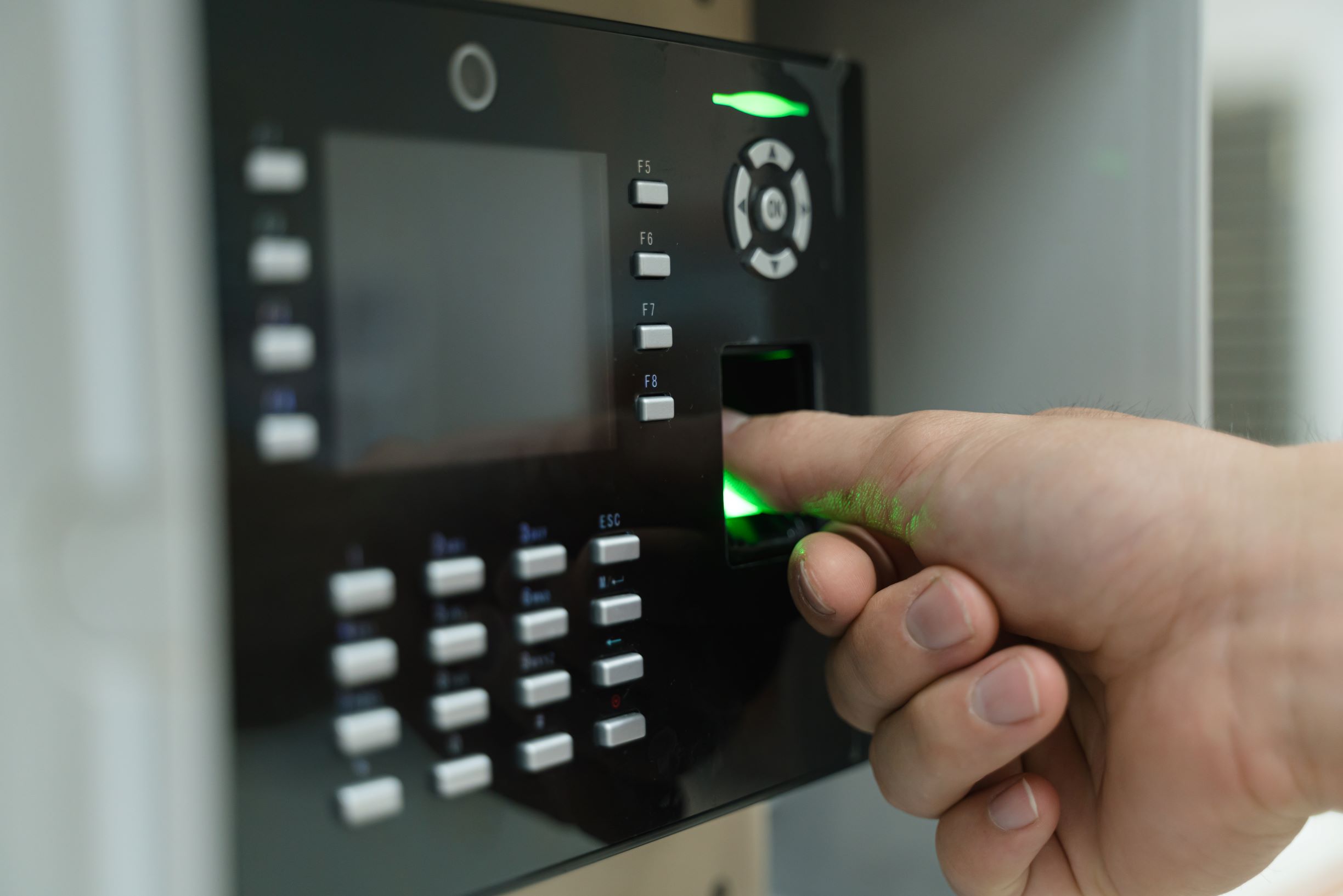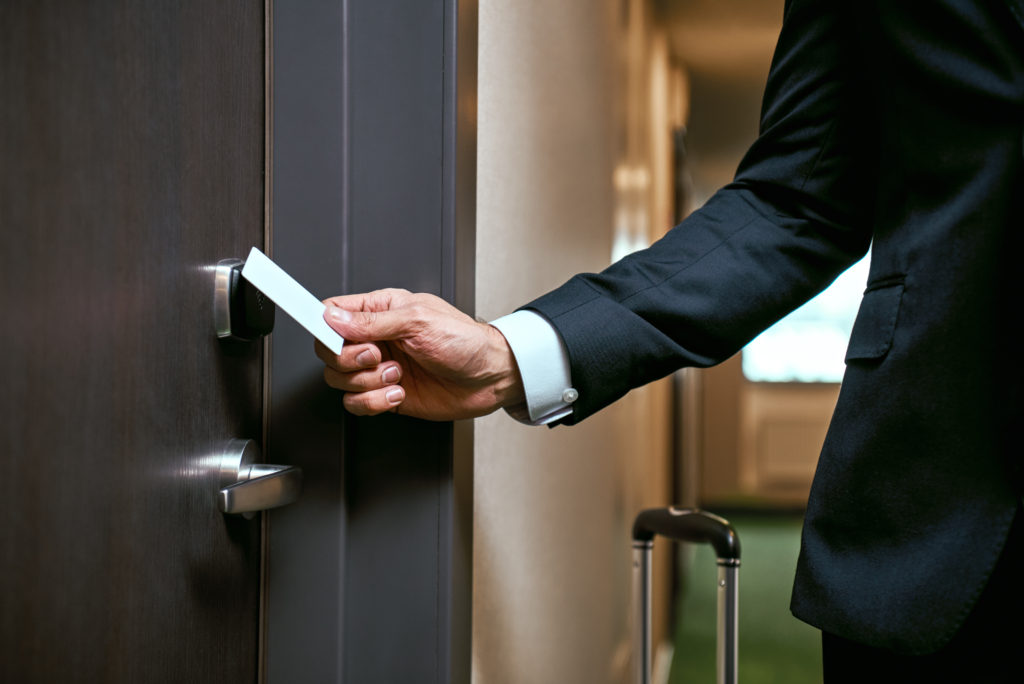Access Control
Electronic access control serves the purpose of limiting access of people or objects in defined areas through the use of credentials and electronic hardware. In the most simplistic form access control is a key to a locked door. With the boom in technology and integrated systems the options of access control are virtually unlimited.
- Track high-value assets around manufacturing plants
- Manage building access remotely
- Use a smartphone as a key
- Employee time & attendance
- Single source company identification card
- Track and muster employees and contractors
What is Access Control?
Electronic access control is a means of using technology to allow people and objects to move from different areas within a compound, building, plant, or facility. It aims to reduce the amount of keys in circulation, increase security, track people and objects, and perform automated tasks that otherwise would require human intervention.
The most common use of access control is to manage physical access into offices, facilities, and the areas within. This is accomplished by mechanical measures or electronic methods such as issuing a credential to a user and utilizing electronic components on the doors or gates controlling the area.

Who Uses Access Control?

Cloud Benefits
- No extra burden to the IT Department
- No costly server to maintain onsite
- Reduced up front investment
- Quicker ROI
- Free Software Updates
- Pay only for what you need
- No annual license fees
- Manage from anywhere!
Cloud Access Control
A cloud based access control system has many benefits over a typical on premise system. Some of these benefits are quicker deployments, very simple to manage, no annual licensing, and lastly, always up-to-date. Investing in access control always comes with unprepared expenses that are alleviated with cloud-based systems. One example is the maintenance and software upgrades needed to host an on-premise access control system. The software upgrades, operating system upgrades, and general maintenance is often overlooked and becomes a burden to the IT Department. When deploying to the cloud it is managed behind the scenes which allows your team to continue growing and supporting the business.
For more valuable information check out Brivo .
How Does Electronic Access Control Work?
In general, access control systems are comprised of a few major components to make a complete system such as: a server, client computer, a controller, credentials, and the field devices. A client computer is used to setup, configure, and manage the server or the system. A controller, the brains or “the box”, is connected to a network, ultimately to the server, and to the field devices at the doors or gates to be controlled. Most commonly the field devices consist of electronic locks, card credential readers, door sensors, and motion sensors. The field devices are either activated or deactivated based on the parameters configured on the server.
For example, a credential can be assigned to unlock any door at anytime. When the credential is presented to the reader the lock will activate and allow entry. On the contrary, a different credential can be limited to only unlocking specific doors during business hours. In a more involved system credentials can be used to to not only unlock doors but used for other purposes either within the access control system or within the business. Credentials can be used for time and attendance, equipment vending machines, controlling lights and machinery, or whatever the imagination brings.